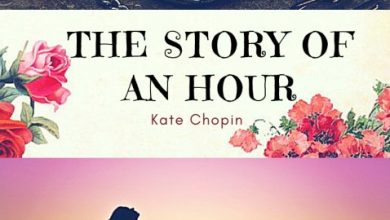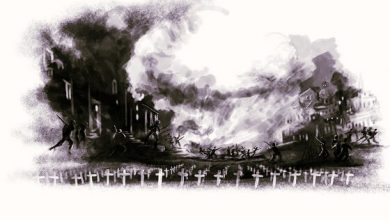The Death of a Moth is an essay written by Virginia Woolf. She uses the image of a common moth flying around her window on a summer morning. She observes the struggles of the moth as it tries to escape and reach the outdoors. Woolf uses this simple and seemingly insignificant event as a metaphor to explore profound themes about life, death, and the human condition. It was first published in 1942, after her death, as part of a posthumous collection of her essays titled “The Death of a Moth and Other Essays.”
The Death of a Moth | Summary
The author starts by saying that moths do not evoke a sense of “dark autumn nights” or “ivy blossom”; they are hybrid creatures that are not pleasant like butterflies or even remotely resemble their ancestors. On a pleasant morning sometime in September, Woolf notes the beautiful scenery around her—the ploughing on the fields, the moisture-filled air, etc. It becomes impossible for her to concentrate on her book when everything around her amuses her.
Suddenly, a moth comes to her window, fluttering from side to side. She is so charmed by looking at it that she cannot stop watching it. The moth flies from one corner of her apartment, waits, and then flies to the other. It keeps flying in the apartment because it has nothing else to do, despite the availability of expansive skies, far-off houses, etc. Woolf notes that it almost seemed that the “enormous energy of the world had been thrust into his frail and diminutive body”. Anyone would feel for him since he was full of life but completely alone in the world.
After a while, the moth settles on the window ledge in the sun, and strangely, Woolf forgets about him. Once she looks up, she notices that the moth was trying to fly again, but it could only flutter to the bottom of the windowpane, becoming completely stiff. Woolf is alarmed by the moth’s helplessness. The moth struggles vainly, meanwhile, unable to raise even his legs. The author realises that he is close to death and puts her pencil down.
Once more, the moth struggles, and Woolf tries searching for the enemy that has rendered the moth so. Everything remained the same outside the window, except that the moth was uselessly trying to fly. The moth succeeds in righting his posture, but “nothing has a chance against death”, Woolf says. His body relaxes and grows stiff. Woolf notes that his “struggle” is now over and that he knows death. It fills her with wonder at how an unknown antagonist took his life. As it lay still and composed, Woolf thought that it seemed to say that death was indeed stronger than him.
The Death of a Moth | Analysis
When the essay begins, it must be noticed that Woolf refers to the moth as “him” throughout the essay, personifying it. The moth is thus a potent metaphor, perhaps for Woolf’s own life as a struggle against death. The ultimate truth of the moth’s life is that death is stronger than him, even though Woolf calls him full of life.
Virginia Woolf suffered with her mental health throughout her life. Multiple nervous breakdowns and suicide attempts later, she killed herself by drowning. In The Death of a Moth, Woolf looks at the moth with wonder as it flies in her room, even though there are expansive skies to fly in. She implicitly notes that such is life; one lives it and struggles in vain to persevere, but death claims everyone. It is the strongest force of life that no one can resist, not even the creature that is so full of life, least of all humans.
At a particular point in the essay, Woolf looks for the villain who has helplessly claimed the life of the moth. She looks out her window and tries searching for something that has killed the moth. But she notes that everything remains the same: the fields, the air, and the earth. Death is thus presented as a necessary fact of life that will make no change in the world but claim everyone. Woolf wrote this during the last days of her life, before dying by suicide. The moth is thus a very potent metaphor for her own futile attempt at struggling to live. Death, the powerful, universal force, has come to claim her, and she has struggled in vain.
About the Author
Adeline Virginia Woolf (née Stephen) is considered one of the most pioneering writers of twentieth-century modernism. Her novels, essays, diaries, and stories serve as canonical texts of twentieth-century literature. Woolf was known for her signature stream-of-consciousness narrative, which prioritized psychological complexity and the thoughts of a character rather than the realist omniscient third-person narrator. Her most famous works include Mrs. Dalloway, The Waves, To the Lighthouse, A Room of One’s Own, etc. Woolf struggled with multiple mental breakdowns throughout her life. Together with her husband, Leonard Woolf, she was one of the founding members of the Bloomsbury group. She drowned herself in 1941.
The Death of the Moth is considered one of Virginia Woolf’s most famous essays and a poignant example of her mastery of using everyday events to explore profound philosophical and existential themes. The essay delves into questions of mortality, the impermanence of life, and the connections between life and death. It showcases her ability to find meaning in the seemingly ordinary and to weave powerful messages through her observations and reflections.



